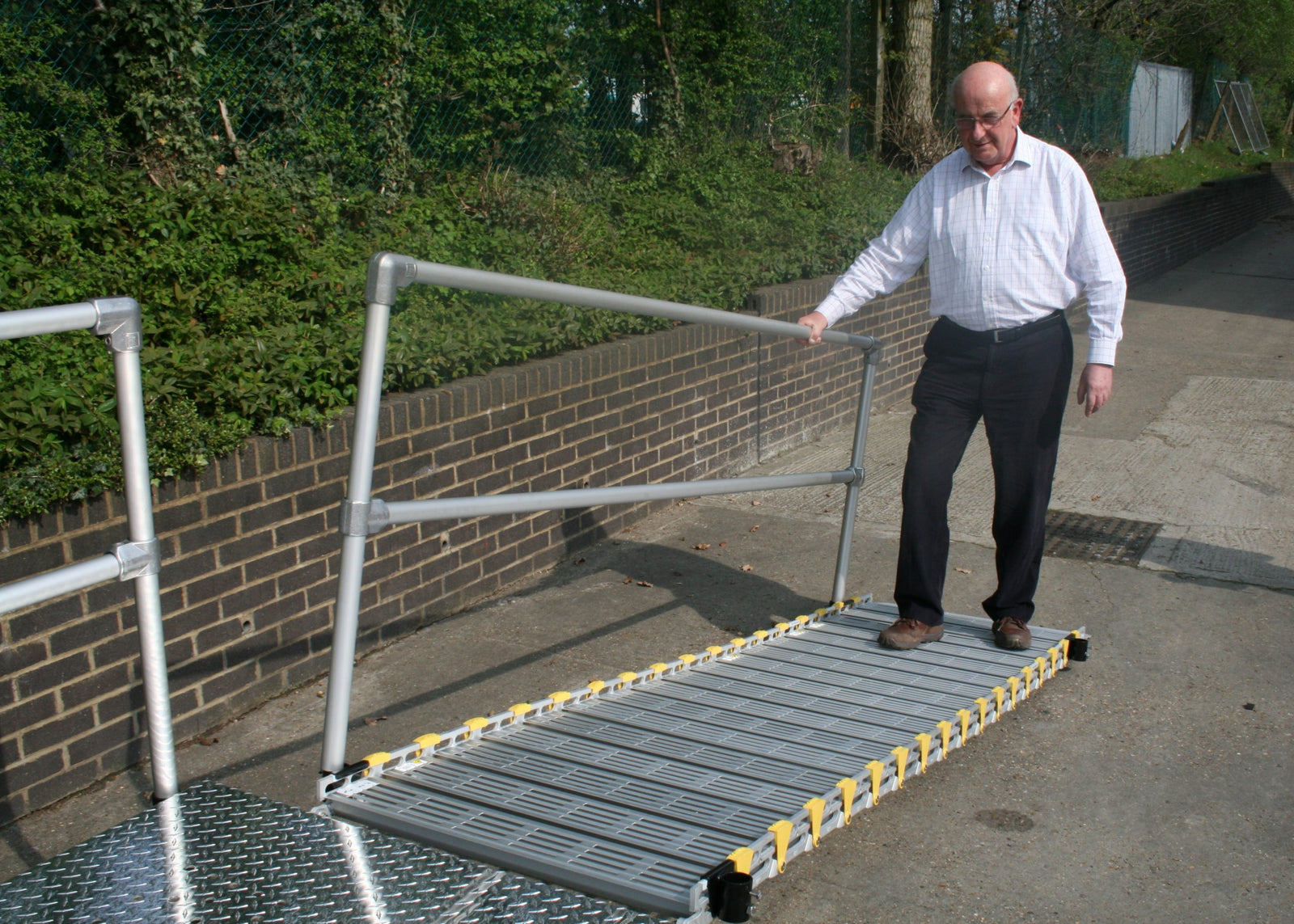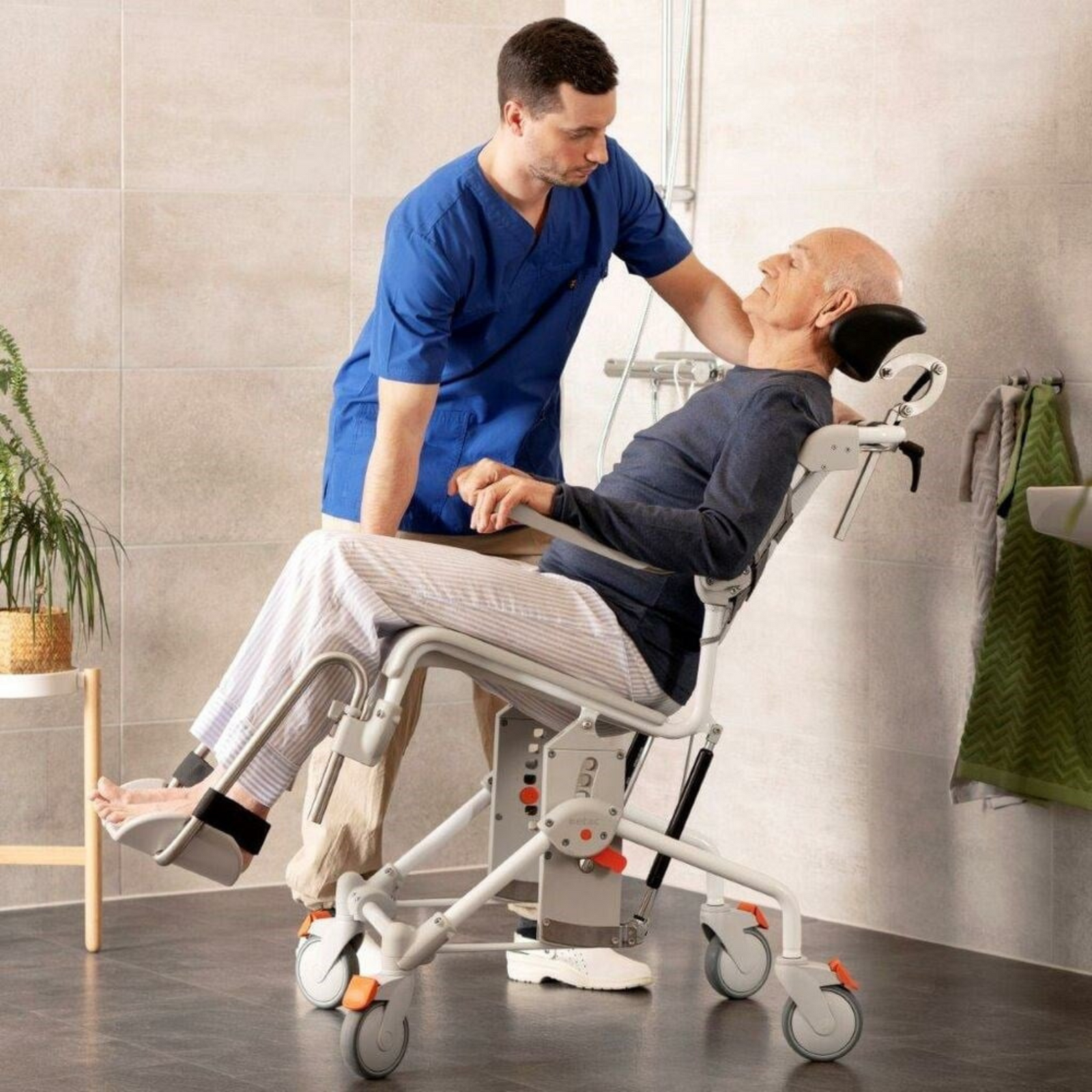Your Cart is Empty
Free shipping | Bulk Order Discounts | Best price guaranteed
Menu
-
- Home
- Shop By Category
- Moving + Handling
- Bathroom
-
Mobility Scooters
- Pavement Mobility Scooters
- Folding Mobility Scooters
- Lightweight Mobility Scooters
- 4mph Mobility Scooters
- 6-8mph Mobility Scooters
- Travel Mobility Scooters
- Lithium Mobility Scooters
- Car Boot Scooters
- Enclosed Mobility Scooters
- All Terrain Scooters
- 2 Person Scooters
- Mobility Scooter Storage
- Mobility Lifts and Hoists
- Mobility Scooter Canopies
- Seating
- Wheelchairs
- Rollators
- Beds + Mattresses
- Medical Equipment
- Powerchairs
- Health + Safety
- Help Centre
- Returns
- Price Guarantee
- Contact Us
-
- Speak With An Expert: 020 3576 3028
- Login

Free shipping | Bulk Order Discounts | Best price guaranteed
Add description, images, menus and links to your mega menu
A column with no settings can be used as a spacer
Link to your collections, sales and even external links
Add up to five columns
Add description, images, menus and links to your mega menu
A column with no settings can be used as a spacer
Link to your collections, sales and even external links
Add up to five columns

What Does Moving and Handling Training Involve? Key Components
January 06, 2025 4 min read
Moving and handling training is a crucial aspect of health and social care. It focuses on techniques for moving patients safely, preventing injuries, and ensuring comfort. The core aim of this training is to equip you with skills to handle people with dignity and care, reducing the risk of injury to both you and those you assist.

Image from Life Line Training
Training covers the use of equipment like hoists and transfer boards, which are often provided by local councils to ensure safe handling. Learning the correct techniques not only helps maintain safety standards but also complies with UK moving and handling legislation guidelines aimed at protecting staff and patients.
Understanding best practices in these scenarios is essential for anyone involved in caregiving professions. With proper training, you become equipped to handle everyday challenges with confidence and competence.
Key Takeaways
- Training prevents injuries and promotes safety for carers and patients.
- Proper use of equipment is vital for compliance with safety standards.
- Learning these skills enhances care quality and supports legal requirements.
Understanding Moving and Handling
Moving and handling training focuses on teaching proper techniques to safely lift, carry, and move objects or people. It highlights crucial legislation and risk assessment methods to prevent injuries in the workplace.
The Importance of Moving and Handling Training
Moving and handling training is key for reducing the risks of injury. This training helps you understand how to perform tasks like lifting and transporting safely. Proper techniques prevent musculoskeletal disorders and back pain, which are common in manual handling roles.
Training not only enhances safety but also increases efficiency. By using the right methods and equipment, you minimise strain and maximise productivity.
In many jobs, moving people or objects is routine. So, having this training is essential for adhering to health and safety protocols and legislation.
Legislative Framework
The training is grounded in several legal guidelines aimed at promoting safety. Key regulations include the Manual Handling Operations Regulations 1992, which focus on proper lifting and carrying techniques to reduce injury risks.
The Health and Safety at Work Act 1974outlines the broader duty of care for employee safety. Other relevant regulations are the Provision and Use of Work Equipment Regulations 1998, focusing on the safe use of different equipment, and the Management of Health and Safety at Work Regulations 1999, which require employers to assess and manage workplace risks.
Understanding these regulations helps ensure compliance and safety in workplace practices.
Identifying Risks
Identifying risks is critical in any moving and handling operation. A risk assessment is performed to pinpoint any hazards associated with manual handling tasks. This process examines factors such as load weight, distance moved, and equipment used.
By identifying these risks, you can take steps to control them, such as using appropriate moving and handling equipment or adjusting the work environment. Regular reassessments ensure ongoing safety and adherence to changing regulations. Effective risk management not only protects employees but also supports overall operational efficiency.
Best Practices in Moving and Handling
 \
\Image from Healing Touch Rehab
Adopting best practices in moving and handling involves proper risk assessments, using the right equipment, and ensuring effective training. These elements help to prevent injuries and improve safety in manual handlingtasks.
Conducting Effective Risk Assessments
Risk assessments are crucial for identifying potential hazards in moving and handling tasks. Begin by examining the tasks, environment, and people involved. Consider factors like weight, shape, and frequency of the items being handled. Evaluating manual handling risk helps in devising strategies to mitigate risks.
You should also assess the physical capabilities of workers. This ensures tasks match their abilities, reducing the likelihood of injuries. Regular reviews and updates of assessments keep safety standards current.
Effective communication among team members is key. It ensures that everyone understands their roles and responsibilities during handling activities.
Equipment and Aids
Using the right equipment and aids can significantly enhance safety. These tools reduce strain on the body by assisting with lifting and moving tasks. Common aids include hoists, slings, and trolleys. Ensuring proper equipment provision aids in safe moving and handling.
Regular maintenance of equipment is essential. It helps prevent malfunctions that could lead to injuries. Staff should receive proper training on using each piece of equipment accurately.
Positioning equipment ergonomically is also critical. This helps in minimising awkward postures and reduces the risk of musculoskeletal disorders.
Techniques and Training
Adequate training in moving and handling techniques is vital. Training equips workers with skills to perform tasks safely. Techniques should focus on ergonomics, ensuring movements protect the back and reduce strain.
Consider incorporating practical sessions where workers practise lifting and moving with supervision. Training sessions should cover manual handling tasks and focus on ergonomically sound techniques.
Engaging workers in teamwork during handling activities promotes a cooperative approach. This encourages shared responsibility for safety. Regular refresher courses ensure that all staff remain updated on best practices and new equipment or techniques.
Frequently Asked Questions

Image from Health Matters Health And Safety
Understanding the essentials of moving and handling training is crucial for safety and compliance. This training needs regular refreshing, involves finding reliable providers, and requires adherence to legal obligations in the UK.
How often should moving and handling training be refreshed?
It is recommended to refresh moving and handling training every 1-2 years to ensure employees maintain safe practices. This helps prevent accidents and injuries, especially in health and social care environments. Regular updates keep staff informed about the latest techniques and guidelines.
Where can I find reliable moving and handling training providers?
Reliable training providers can often be found through specialist organisations, like Caring for Care. These providers offer courses led by qualified instructors who ensure that you receive comprehensive instruction tailored to your specific needs.
What legal obligations must be adhered to in moving and handling practices within the UK?
Employers in the UK must comply with legal obligations such as the Manual Handling Operations Regulations 1992. This involves assessing risks, providing adequate training, and ensuring a safe working environment. Adhering to these regulations helps prevent workplace injuries and ensures compliance with national safety standards.
Also in Blog
Subscribe
Sign up to get the latest on sales, new releases and more …


